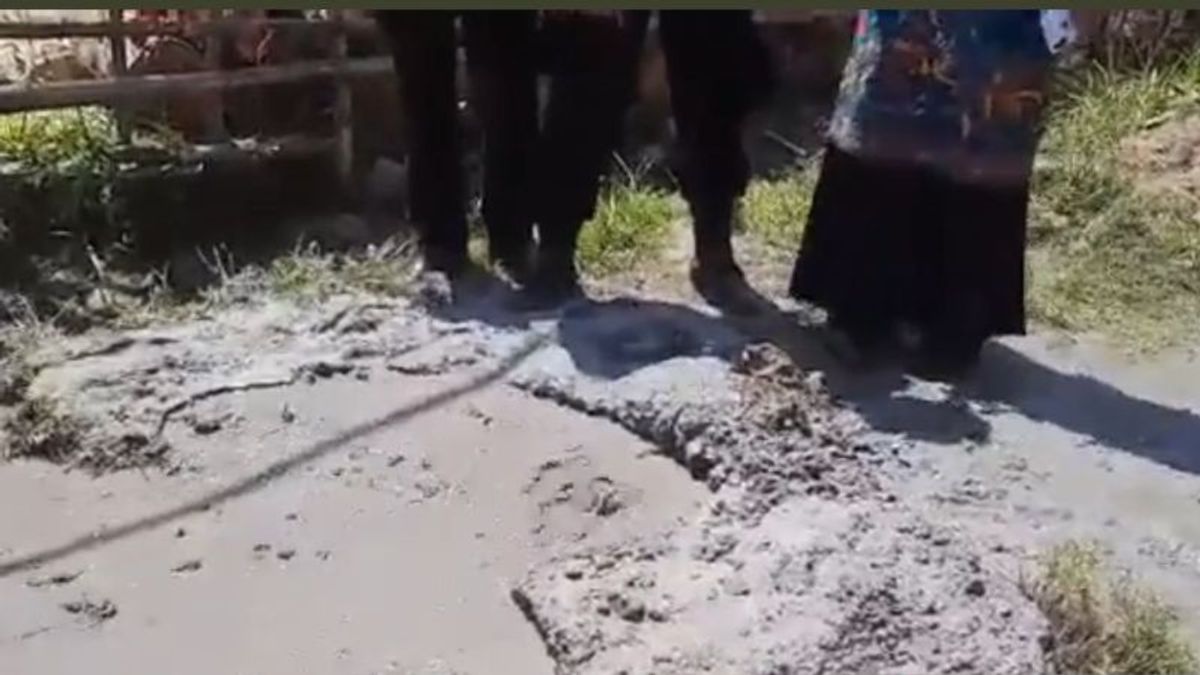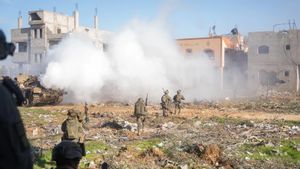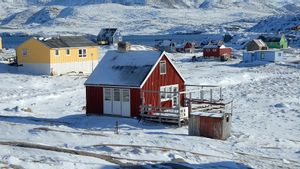JAKARTA - The Meteorology, Climatology and Geophysics Agency (BMKG) explained the phenomenon of the emergence of hot water mixed with mud in the Jorong Padang Baru area, Nagari Ganggo Hilia, Pasaman, West Sumatra after an earthquake of magnitude (M) 6.1.
"It is suspected that the strong shaking of the Pasaman earthquake with a magnitude of 6.1 that occurred today has resulted in fractures leading to hot water, because generally groundwater or geothermal aquifers can appear to the surface formed in rock fractures," said the BMKG Earthquake and Tsunami Mitigation Coordinator. , Daryono in a written statement quoted by Antara, Friday, February 25.
Daryono warned that if the hot springs look boiling and emit steam, feel hot and emit a pungent odor, it is better not to approach them, let alone consume the water, while waiting for a team of experts to come to examine the water content.
He explained geothermal heat is a phenomenon where heat from within the earth heats the water layer below the ground surface. Areas with geothermal systems can generally be identified by the presence of hot springs in the area.
Daryono assesses that there is a possibility that the area is located near an active fault line, so there is a hot spring.
Thus, when an earthquake occurs, the reservoir will be disturbed and the hot water will come out through a weak zone that is fractured due to strong earthquake shocks.
"Some hot springs are indeed commonly found in active fault areas such as the Pasaman area, it is natural for hot springs to exist, because it is an active tectonic zone and there are fault lines," he said.
The English, Chinese, Japanese, Arabic, and French versions are automatically generated by the AI. So there may still be inaccuracies in translating, please always see Indonesian as our main language. (system supported by DigitalSiber.id)










